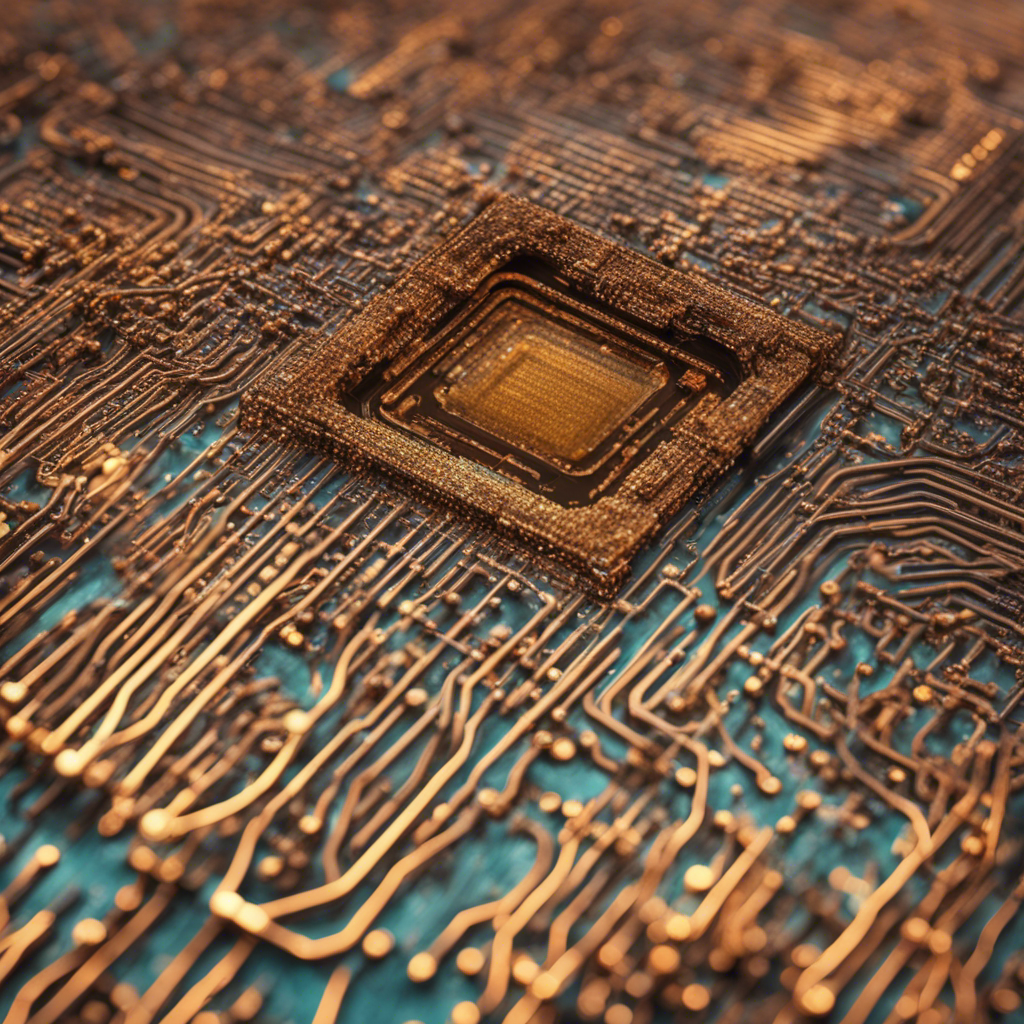
The Impact of Nanotechnology in Modern Electronics
Nanotechnology has emerged as a revolutionary field with the potential to transform various industries, including electronics. The ability to manipulate matter on an atomic and molecular scale has opened up new avenues for developing smaller, faster, and more efficient electronic devices. In this blog post, we will explore the impact of nanotechnology on modern electronics, highlighting its applications, benefits, and challenges while providing reliable references to support our claims.
Understanding Nanotechnology
Nanotechnology involves controlling and manipulating matter at the nanoscale, typically between 1 and 100 nanometers (nm). To put this in perspective, a human hair is approximately 80,000-100,000 nm in diameter. At such a tiny scale, the properties of materials can significantly differ from their bulk counterparts, enabling scientists to engineer materials with unique properties and functionalities.
Nanotechnology in Electronics
The application of nanotechnology in electronics has the potential to revolutionize device design, manufacturing processes, and overall performance. Let us delve into some specific areas where the impact of nanotechnology is noteworthy:
1. Nanoscale Transistors
The fundamental building block of modern electronics is the transistor, a device that amplifies or switches electronic signals. As conventional transistor sizes are approaching their physical limitations, researchers turned to nanotechnology to develop smaller and more efficient transistors.
Nanowires and nanotubes are being explored as alternatives to traditional silicon-based transistors. These nanoscale structures offer higher current-carrying capacity, reduced power consumption, and improved overall performance. In fact, nanoscale transistors have already been successfully integrated into electronic devices, enabling advancements such as higher processing power and increased memory capacity12.
2. Nanomaterials for Energy Storage
Nanotechnology has brought significant advancements in energy storage devices, such as batteries and supercapacitors. By incorporating nanomaterials, researchers have improved energy storage capacity, charging rates, and lifespan of these devices.
Nanoporous materials, such as nanowires and nanoparticles, enable faster movement of ions and electrons, resulting in higher energy density and faster charging3. Moreover, nanomaterials like graphene and nanotubes exhibit extraordinary electrical conductivity, making them ideal candidates for energy storage applications.
3. Flexible and Transparent Electronics
The development of flexible and transparent electronics has been made possible through nanotechnology. By manipulating nanoscale materials, researchers have created flexible displays, transparent conductive films, and wearable sensors.
For instance, nanowires and nanomaterials can be used to create flexible and stretchable electronic circuits, enabling the production of flexible displays that can be rolled or folded4. Furthermore, nanomaterials, such as silver nanowires, are being utilized to develop transparent conductive films for touchscreens and solar cells5.
4. Nanoscale Sensors
Nanotechnology has enabled the development of highly sensitive and selective nanosensors that can detect and monitor various parameters, such as temperature, pressure, and chemical composition. These sensors have found applications in healthcare, environmental monitoring, and industrial sectors.
Nanoparticles and nanowires with unique electrical, optical, and magnetic properties are used in the fabrication of these sensors. The small size and large surface area of nanomaterials offer increased sensitivity and faster response times compared to conventional sensors6.
Benefits of Nanotechnology in Electronics
The integration of nanotechnology into modern electronics brings numerous benefits:
-
Miniaturization: Nanotechnology enables the development of smaller and more compact electronic devices, leading to portable and wearable technologies.
-
Improved Performance: Nanoscale materials and structures enhance the performance and efficiency of electronics, allowing for faster data processing, increased storage capacity, and reduced power consumption.
-
Energy Efficiency: Nanotechnology helps optimize energy consumption in electronic devices, leading to extended battery life and reduced environmental impact.
-
Functional Diversity: By manipulating nanomaterials, electronics can be designed to exhibit a wide range of functionalities, including flexibility, transparency, and biocompatibility.
-
Cost-Effectiveness: Advancements in nanomanufacturing techniques have reduced production costs, making nanotechnology more accessible for commercial applications.
Challenges and Future Directions
While nanotechnology holds tremendous potential for revolutionizing electronics, several challenges exist:
-
Manufacturing Scalability: Scaling up nanofabrication processes to meet mass production demands is a significant challenge. Techniques such as lithography and chemical vapor deposition need to be refined to ensure cost-effective and scalable manufacturing.
-
Environmental Impact: As with any new technology, the environmental impact of nanotechnology needs to be carefully considered. Research is focused on understanding and mitigating potential risks associated with nanomaterials in electronics.
-
Standardization: Establishing global standards for nanomaterials, nanodevices, and safety protocols is crucial for ensuring the widespread adoption and safe implementation of nanotechnology in the electronics industry.
The future of nanotechnology in electronics looks promising. Ongoing research and development are aimed at overcoming existing challenges to fully exploit the potential of nanoscale materials and nanodevices. With continued advancements, we can expect even smaller, faster, and more efficient electronics that will shape our lives in ways beyond imagination.
It is essential to remember that the impact of nanotechnology in electronics is multidimensional and will likely touch nearly every aspect of our lives. By staying informed about these advancements, we can better appreciate the potential and implications of this evolving technology.
“Nanotechnology has given us the tools and means to bet on the unpredictable and to shape the future.” - Angela Belcher
References
-
Colinge, J.-P. (2010). “FinFETs and Other Multi-Gate Transistors”. New York: Springer-Verlag. ↩︎
-
ITRS Roadmap. (2020). International Technology Roadmap for Semiconductors. Retrieved from http://www.itrs2.net/ ↩︎
-
Winter, M., & Brodd, R. J. (2004). “What Are Batteries, Fuel Cells, and Supercapacitors?” Chemical Reviews, 104(10), 4245-4269. ↩︎
-
Chortos, A., & Bao, Z. (2014). “Skin-Inspired Electronic Systems”. Chemical Society Reviews, 43(13), 422-445. ↩︎
-
Zhu, H., Wei, J., Wang, K., et al. (2017). “Recent Progresses in Flexible and Transparent Conductors for Wearable and Stretchable Electronics”. Materials Science and Engineering: R: Reports, 119, 1-27. ↩︎
-
Jain, K. P., Murthy, K., & Mohan, Y. M. (2018). “Nanotechnology Based Approaches for Enhancing the Sensitivity of Micro/Nano-Sensors”. In Emerging Technologies for Microbial Control. Woodhead Publishing, 97-128. ↩︎






